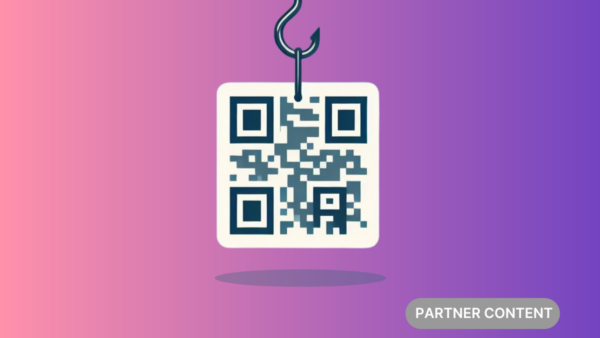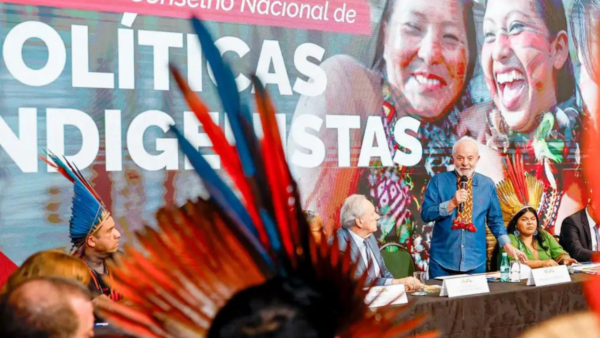
Unlike the rest of Latin America, our country’s independence was not the result of a bloody series of wars – yet it was anything but a peaceful transition. As the romanticized version of the Brazilian declaration of Independence goes, Pedro bellowed: “Independence or death!” Well, some people took it literally.
Armed groups in several regions – notably the North and Northeast – still supported the Crown. For over 21 months, a series of local conflicts erupted across urban centers. In 1825, the newly formed Brazilian government seized assets from the Portuguese who didn’t recognize Brazil’s separation from the European colonizers, and expelled the Portuguese from the country. These conflicts compromised the country’s already depleted finances.
Even as we transitioned into an autonomous country, Brazil was haunted early on by stagnation and external debt. When Prince Pedro declared independence on September 7, 1822, we suffered from the falling prices of sugar, then our primary export product. It didn’t help that Brazil agreed to pay 1.4 million sterling pounds in indemnities to our former colonizers after fierce negotiations with Portugal and England.
The First Reign
Instead of becoming a Republic and abolishing slavery, as all other Latin American countries did, Brazil instead became an Empire – and its economy was based on slave labor.
Dom Pedro I, as the prince became known after independence, presided over Brazil during nine years of intense political instability. The monarch would become known for his authoritarian actions; he dissolved the National Assembly once it became clear that his powers would be restricted by the adoption of a constitutional monarchy. Instead, Pedro I imposed his own Constitution, creating a rigidly centralized administration, and established the Emperor as a figure above all branches of government.
That ignited a series of rebellions in different regions – and nearly all were brutally decimated. Nevertheless, Brazil lost control of the Cisplatine Province, a territory that is now known as Uruguay.
Pedro’s proximity to the Portuguese King, his father, also displeased certain members of the local elite. Between 1822, when Portugal was stripped from its most valuable colony, and 1825, when the Portuguese finally recognized our independence, Pedro and Dom João VI exchanged several letters in which they swore loyalty to one another. This explains why Pedro never tried to claim other Portuguese domains, like Angola (the Brazilian economic elites craved the annexation of Angola to make slave trade easier and cheaper). In exchange, João named Pedro as his successor to the Portuguese throne.
When João died in 1826, things soured between Pedro and his younger brother, Miguel, who wanted the crown for himself. To promote peace, Pedro came up with an incestuous plan reminiscent of a prime-time drama: he tried to marry his 7-year-old daughter to Miguel. Ultimately, though, Miguel broke up the plan and tried to forcefully declare himself King. As a result, Pedro abdicated the Brazilian crown and went back to Portugal to lead a winning rebellion against his brother. Portugal became a constitutional monarchy as a result, crowing the former Brazilian Emperor as Pedro IV of Portugal. While Pedro I of Brazil became known for his authoritarian style, he is known in Portugal instead as “the Liberal King.”
Second Reign
Pedro I left Brazil on April 7, 1831 to abdicate to Portugal, leaving the throne to his five-year-old son. Brazilian courts didn’t see fit to install an infant emperor, so the country was instead ruled by a series of regents between 1831 and 1840. But the lack of stable leadership left the country in a semi-permanent state of uncertainty: over those nine years, Brazil was struck by wave after wave of rebellions and saddled with pervasive political chaos. The crisis was severe enough that in 1840, at just 15 years old, the teenager was declared an adult and consequently crowned Dom Pedro II, Emperor of Brazil.
Brazil’s new leader provided far more stability than his father, overcoming diplomatic crises and steering the country towards prosperity. In 1865, after more than two decades of peace, Brazil – along with Argentine and Uruguay – launched an attack on Paraguay. Paraguay’s ruler had seized a civilian steamship from Brazil, but the event triggered a full-scale war that nearly wiped out the country’s entire population.
By the time the Paraguayan War ended in 1870, only 200,000 Paraguayans were left alive – nearly 80 percent of all males had been killed. But Brazil’s victory over Paraguay only furthered a golden age for the country: its economy grew quickly, immigration soared, and modernization projects like shipping and railroads gained momentum.
Despite economic prosperity and diplomatic victories, Dom Pedro II’s progressive (for the time) politics – including pushing for women’s rights and legislation to free children born by female slaves – resulted in the loss of his ultra-conservative support base. His lack of support became more apparent after 1888, when his heir to the throne, Princess Isabel, signed the abolition of slavery.
And so the monarchy lost its support from Brazil’s conservative court members, who were backed by powerful coffee farmers and favored a republican model. On November 15, 1889, military officers launched a coup against the Emperor and his daughter, who readily stood aside. A provisional government was put into place on the same day, led by Field Marshal Deodoro da Fonseca as interim president.










 Search
Search






































